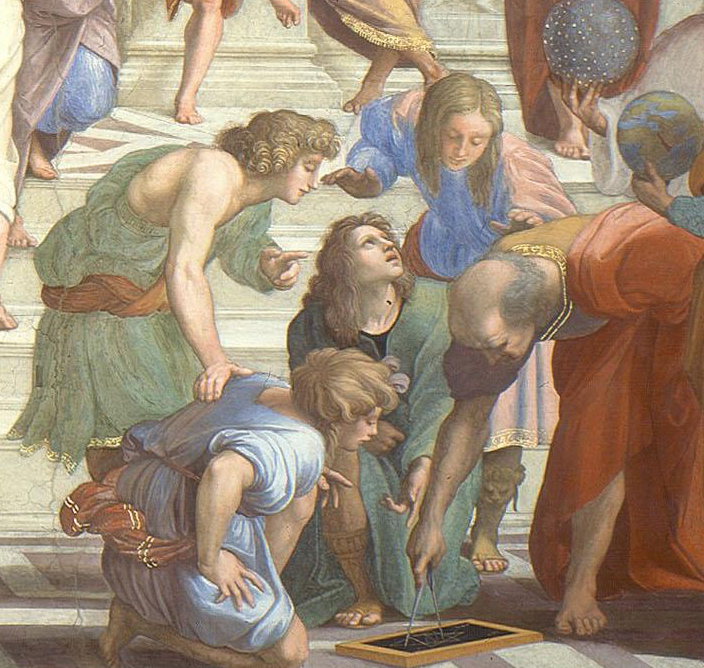Many writers assert that photography cannot narrate, cannot “give an account” or “tell a story,” as the dictionary defines the word. Here are two examples of such statements on this perceived limitation of photography::
“Because photography captures single discreet moments, and narrative.... is irreducibly temporal, there is doubt that photography can actually represent narrative structure.” -- Wikipedia essay on narrative photography
“The ultimate wisdom of the photographed image is to say: ‘There is the surface. Now think — or, rather, feel, intuit — what is beyond it.’ Strictly speaking, there is never any understanding in a photograph, but only an invitation to fantasy and speculation... It is doubtful that a photograph can help us understand anything. A photograph of the Krupp [munitions] factory, as Brecht points out, tells us little about this institution. The ‘reality’ of the world is not in its images, but in its functions. Functioning takes place in time, and must be explained in time. Only that which narrates can make us understand.” — Susan Sontag, On Photography
It does not appear that either author of these notions realizes that the same objection could apply to painting, sculpture, mosaic, drawing — any medium that presents a single image for appreciation and contemplation.
Rather than dismiss the audience reaction as mere fantasy and speculation, I would propose that photography and the traditional arts both tell stories and give accounts, with this difference:
In painting, the artist puts meaning into the picture.
In photography, the photographer invites us to get meaning out of the picture
Click the text or image for a full view and discussion













